🌲 How has fear been used as a political, defensive, and cultural tool to shape our society? 🌲
Hello and welcome back to the forest of learning! This post contains my reflection on my most recent PLP 11 project: Fear Factor. In this project, we built upon our knowledge from the Manhattan Project and focussed on the Cold War. This project pushed me to become confident in my ability to develop insightful individual thoughts and ideas and allowed me to improve my organizational systems. I found myself in both comfortable and challenging contexts in this project, and it helped me learn a lot about how I learn and think.
The beginning of this project started with reading a book called “Hiroshima” by John Hersey. This book centred around the perspectives of six different survivors of the first ever atomic bomb, dropped in Hiroshima. Hersey wrote the book in a factual, unembellished style which I found to be very different from the books I routinely read.
We read the book over spring break, and came back to school feeling ready to reflect and analyze it. It was at this point that I was introduced to “PKMS” or, Personal Knowledge Management System. This system is one that we were encouraged to develop throughout the course of the project. It involved a few different methods of note taking, inspired by the Zettelkasten method:
1. ✏️Fleeting notes
-
- These notes are ones that are taken while consuming a text or any form of media. They are meant to capture thoughts in the moment with minimal thinking involved.
Here are my fleeting notes from Hiroshima
2. ✍️Literature notes
-
- These notes can be created while consuming the text, but most commonly are completed after. The literature note includes the most significant ideas / information within the Fleeting Notes from the text and creates a note that is concise and informative.
Here is my Literature note for Hiroshima
3. 🔏Permanent notes
-
- These notes are also known as evergreen notes because they are meant to last forever. These notes are one, concise thought that covers an idea that you created from the text you consumed.
Here is an example of an evergreen note that I created based off of Hiroshima
We spent lots of time learning to effectively use this system in order to push our thinking. I personally found this system to be very effective for my way of learning – though, I feel I will need to push myself to actively practice the Zettelkasten method more before I am comfortable with fully relying on it. I really enjoyed learning about this technique because I felt that certain aspects of the Zettelkasten method of notes was something I already practiced, just, with less depth. Now I feel much more confident in my note-making abilities!
We concluded the learning from Hiroshima with a written thematic analysis. You can find mine below:

I found this assignment to be in my comfort zone. While I was attending a different school, most of my literary studies focussed on thematic analysis, so I was glad to apply my skills from those previous lessons to this assignment!
If you’d like to take a look at my completed Hiroshima investigation document, CLICK HERE
Following our investigation on Hiroshima, there continued to be an emphasis on consuming, understanding, and analyzing texts. An underlying goal in the project was to develop our PKMs system and sharpen it to a point that we are able to seamlessly connect thoughts across the texts we have investigated.
Here were some examples of the notes I created based off of the texts we consumed:
- 📄 “How American Journalists covered the first use of the atomic bomb”
- 📕 The Fallout
- 🎯 Manhattan Project
- 🎥 The War Game
- 📕 Lord of the Flies
- 🎥 Turning point: the Bomb and the Cold War
What I really appreciate about practicing the skill of note taking is tangibly seeing an improvement in my ways of developing notes. By the time I created notes for “The War Game” I felt that I had developed a structure and way of organizing my thoughts that worked well with how I think in the moment. As a learner, I know one of my challenges is to successfully filter through information to find the most valuable/important thought or idea. The Zettelkasten method made me think much more intentionally about what I chose to include in my notes, and it helped me understand the patterns of what makes thoughts significant or important in the long term – rather than the near future.
We culminated our learning from most of these texts in the format of two Socratic seminars. During these seminars, we were encouraged to showcase our learning and carry out a thoughtful conversation with our peers. I really enjoy Socratic seminars because I find I learn so much from my peers thoughts and ideas, and it makes me excited to get a chance to share my thoughts too. I like the fact that in Socratic seminars people will listen, be curious, expand on ideas – rather than just leaving thoughts as a statement never to be examined again, they are given a chance to be explored – which, I think is very important.

Now it was time to apply our learning in a way that I have been waiting for – a very long time – to express my learning in a way that I had complete creative control over. One thing about my brain, is that it constantly thinks of obscure ways to apply what I’ve learned in life and create something to capture that learning with.
Outside of school, this is usually in the form of art and craft, cooking, singing, or doodling. For example, over spring break I visited a marine life sanctuary on Vancouver island. There, I had a conversation with an employee for about an hour about sea slugs, specifically, nudibranchs. This was an incredibly fascinating conversation, and, as a result, I created a bunch of little doodles of all of the different types of nudibranchs I could remember on a napkin. I wrote their names, and little facts about them. Unfortunately, this napkin was not salvaged, so I do not have any evidence to share – but I thought this instance might give you some background as to why my project ended up being excitingly obscure.
If you’re have no idea what a nudibranchs is, let me enlighten you:

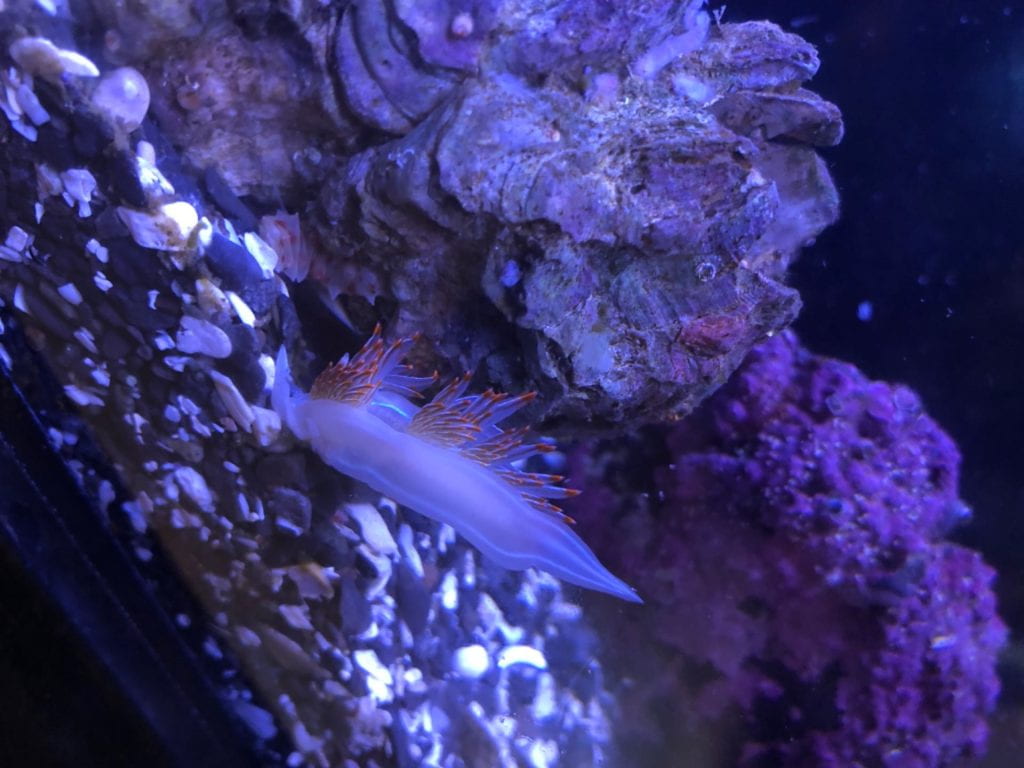
Now with that riveting anecdote, you might wonder what I ended up creating.. I’ll get to that soon.
Our teachers instructed us to look at our Zettelkasten and find a topic or thought that stood out to us. Our goal was to find an idea that was tangled with genuine curiosity. This curiosity would be used to drive our research and develop an insightful answer to the driving question: “How has fear been used as a political, defensive, and cultural tool to shape our society?”.
I was stuck between two main curiosities: “What makes someone evil?”, and “How do secrets rule the world?”. The former was a question I was thinking a lot about but at the end of the day, I knew my research would involve deep-diving into the horrific evils during the Cold War, which wasn’t something that I was particularly excited about partaking in. So, I chose the ladder. I was fascinated by secrets and the fact that they are used constantly by individuals and governments for the same purpose. That purpose was the thing I was confused about: why do we keep secrets? And how do they shape our past, present, and future reality? And what makes them scary?
And so it began.

Remember when I mentioned my sense of obscurity earlier? Well, it led to me making a strange decision of how my learning would be showcased. I decided I would make an interactive jacket. Mind you, I have very limited experience working with textiles. My reasoning for choosing ‘the jacket’ was because to me, it was a symbol of espionage and spy culture: the idea that no one knows what’s beneath the cloak, trench coat, or really any clothing in general. In spy culture, some spies would hide important documents, intel wires, or weaponry under their trench coats. For an average person, we cover up the secrets on our body with clothing. No one really knows what’s underneath someone’s jacket – it’s their secret. And just like that, my concept came to fruition.

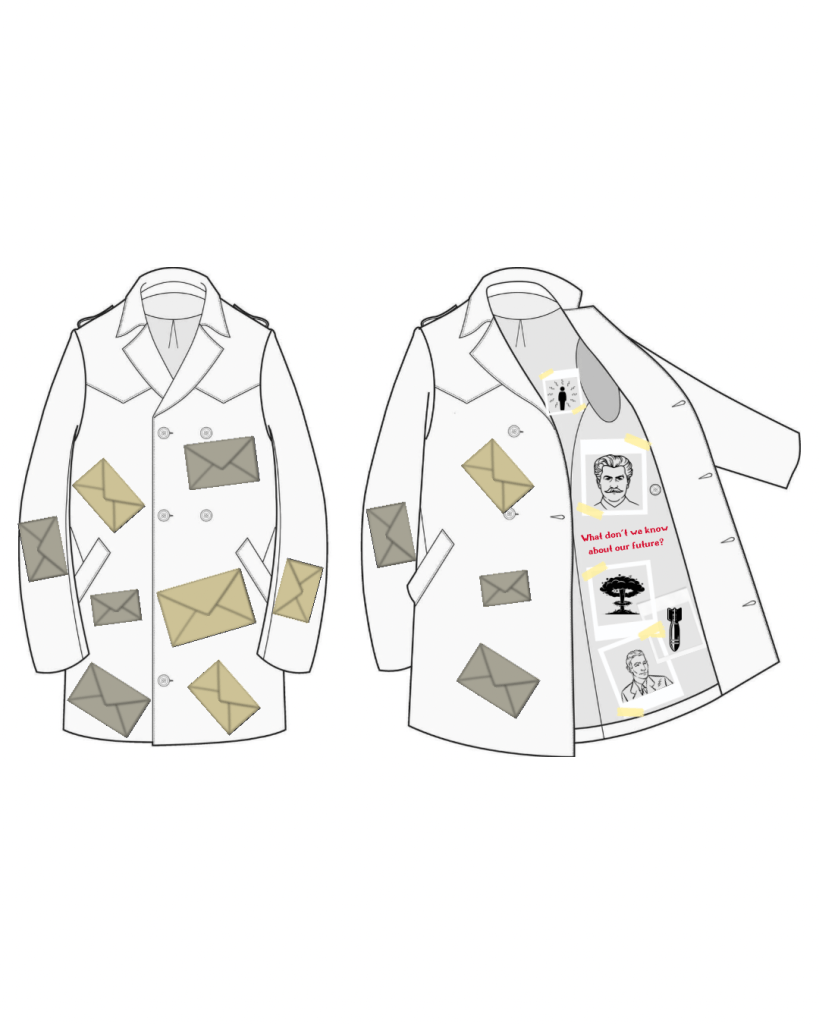
Throughout the course of a week and a half, I extensively researched my topic. I read a book called “Life: an exploded diagram”, I investigated multiple primary source case studies of spies during the Cold War, I watched the movie “The Courier” and the documentary “Bridge of spies”, and read 9 different articles and research papers surrounding secrecy, fear, and the Cold War.
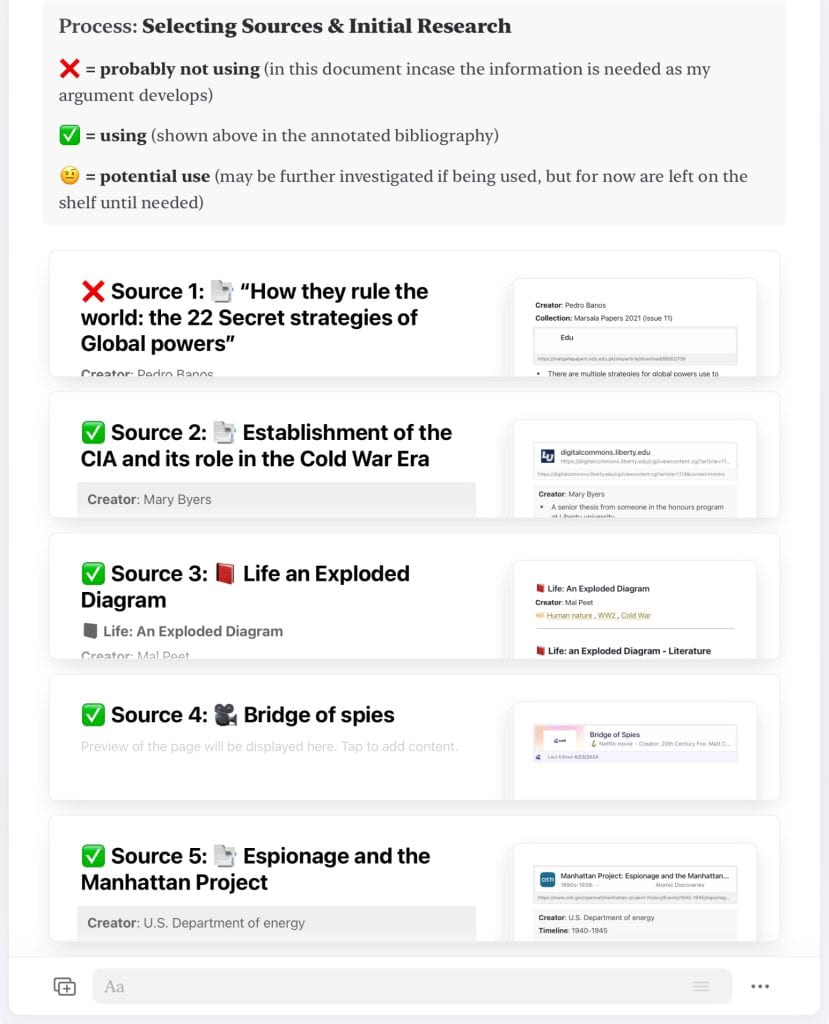
You can find my notes from this research HERE
I synthesized my research in the form of letters, which I wrote to people/organizations that played a role in contributing to the culture of secrecy during the Cold War and today.
Here are the letters I wrote:
After writing each letter, I worked to bring my jacket to life. I compiled pictures, decorated envelopes, embroidered, and illustrated. And, with some assistance from my wonderful friend Sabrina, I was finished before I knew it:
Here is my final product:
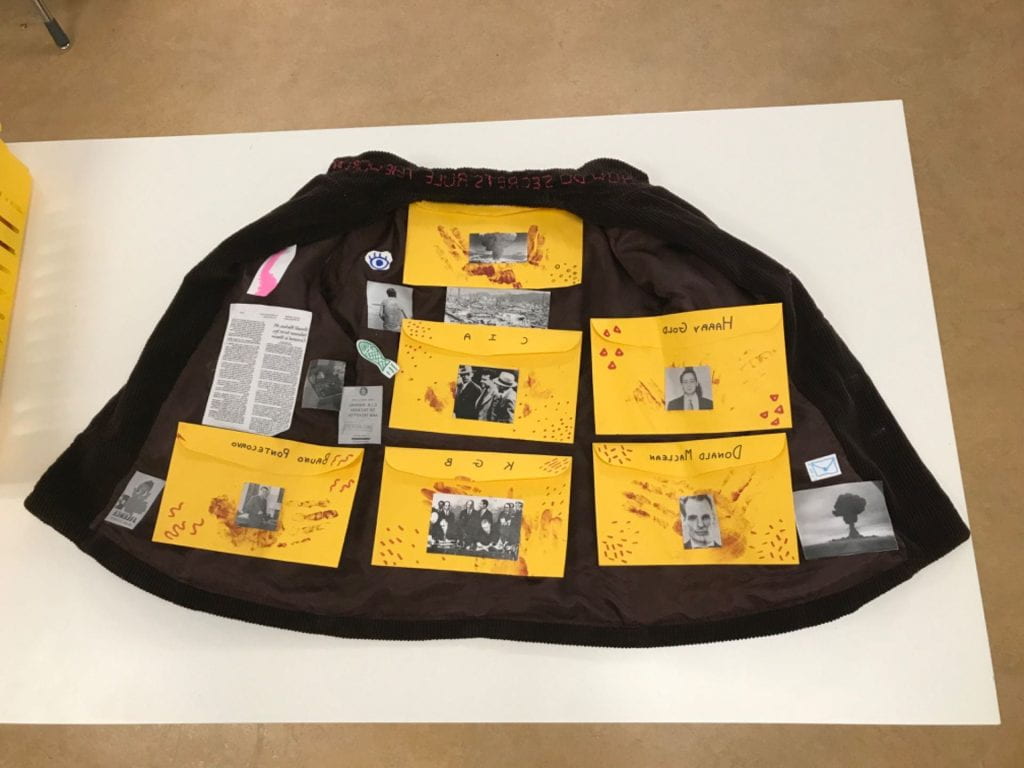

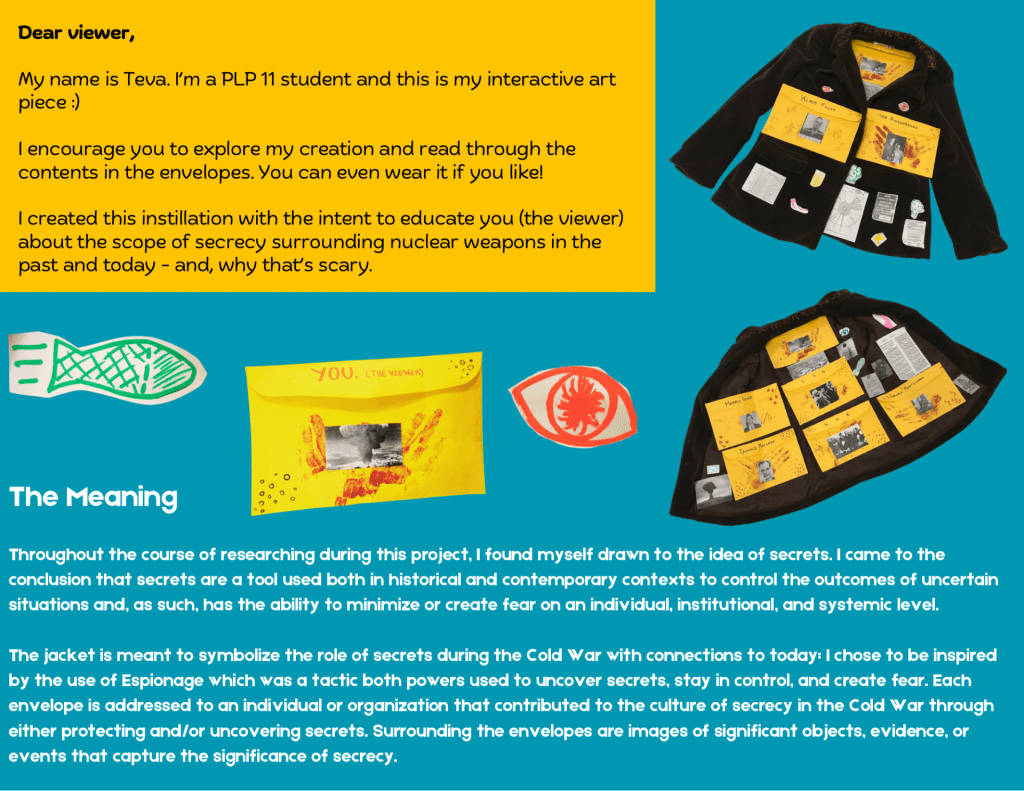

So, how do secrets rule the world? I’ve learned that secrets are a tool used both in historical and contemporary contexts to control the outcomes of uncertain situations and, as such, has the ability to minimize or create fear on an individual, institutional, and systemic level.
I’ve learned that secrets are scary because the fear of unknown is scary – because knowledge is power – because without knowledge we are vulnerable – and, being vulnerable is scary because we can’t protect ourselves. I think it’s fascinating that something as innocent as a secret can create such deep consequences. I can’t help but wonder how the Cold War might have been different if secrets were never involved: if every aspect of the governments findings and projects were always accessible to the opposing power. I’m not sure if the world would be a better or worse place, but I do know that it would change the world.
This leads me to answer the overarching inquiry of this project: How has fear been used as a political, defensive, and cultural tool to shape our society? Well, I’ve come to the conclusion that fear has the unique ability to manipulate people in a way that is much more powerful than any other. Politically, governments and people in power across the world use fear as a tool to persuade, drive, and influence the political systems in a nation. Without fear, defence would never have to be enforced: both on large government scales such as civil defence, or on an individual level like valuing self defence. Culturally, fear is the underlying root of many values and beliefs that our society holds. In Vancouver for example, many people value environmental sustainability, which is most likely due to the movement of climate activists that are driven by the looming fear of climate change. Fear is a tool that any person has the ability to use, and fear is also a tool that has and does actively impact the lives of every person in this world. Our entire reality is a result of the fears that humanity faces and have faced.
I could talk about this question extensively for a long time: I mean, if I could talk to a stranger about nudibranchs for an hour, fear is certainly something that could be explored over a life time worth of discussions. I have learned so much through this project, and it’s why I think it might just be my favourite project I’ve experienced thus far in the PLP. This project allowed me to understand myself as a learner in a way that I have never been able to before.
Thank you for watching me grow in the forest of
🌲 learning🌲

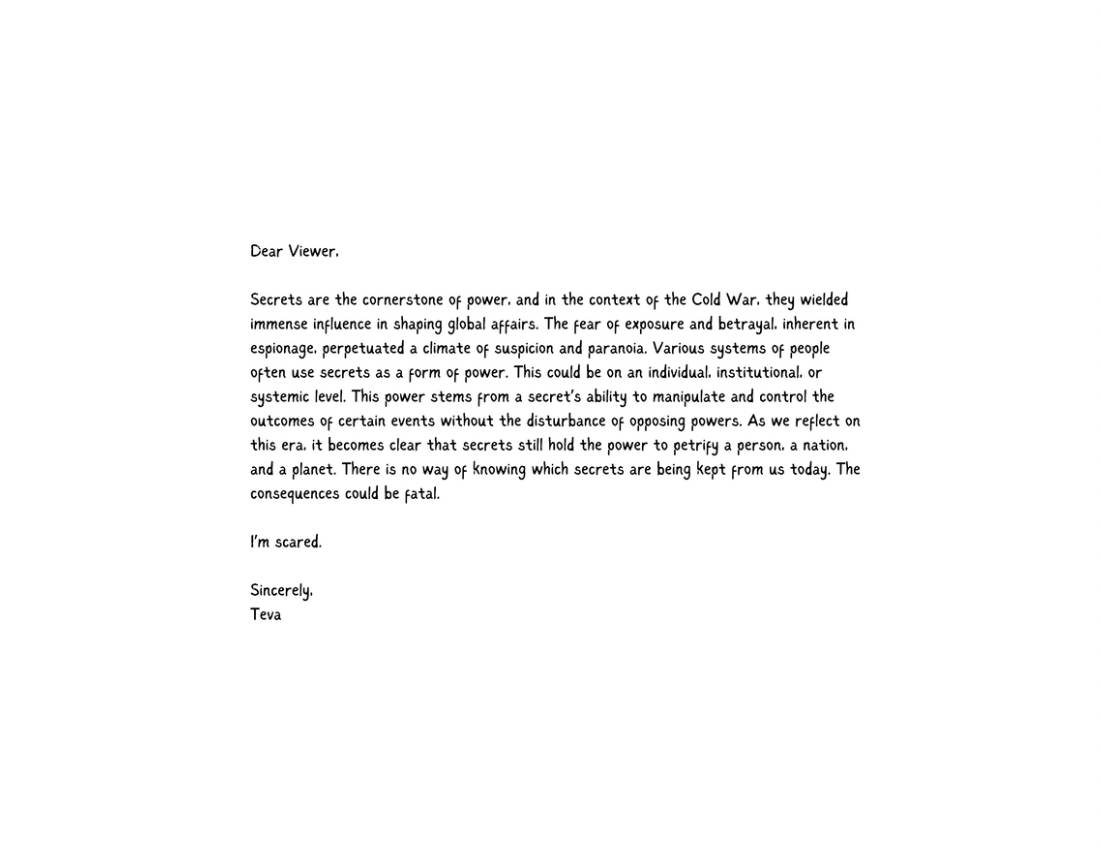
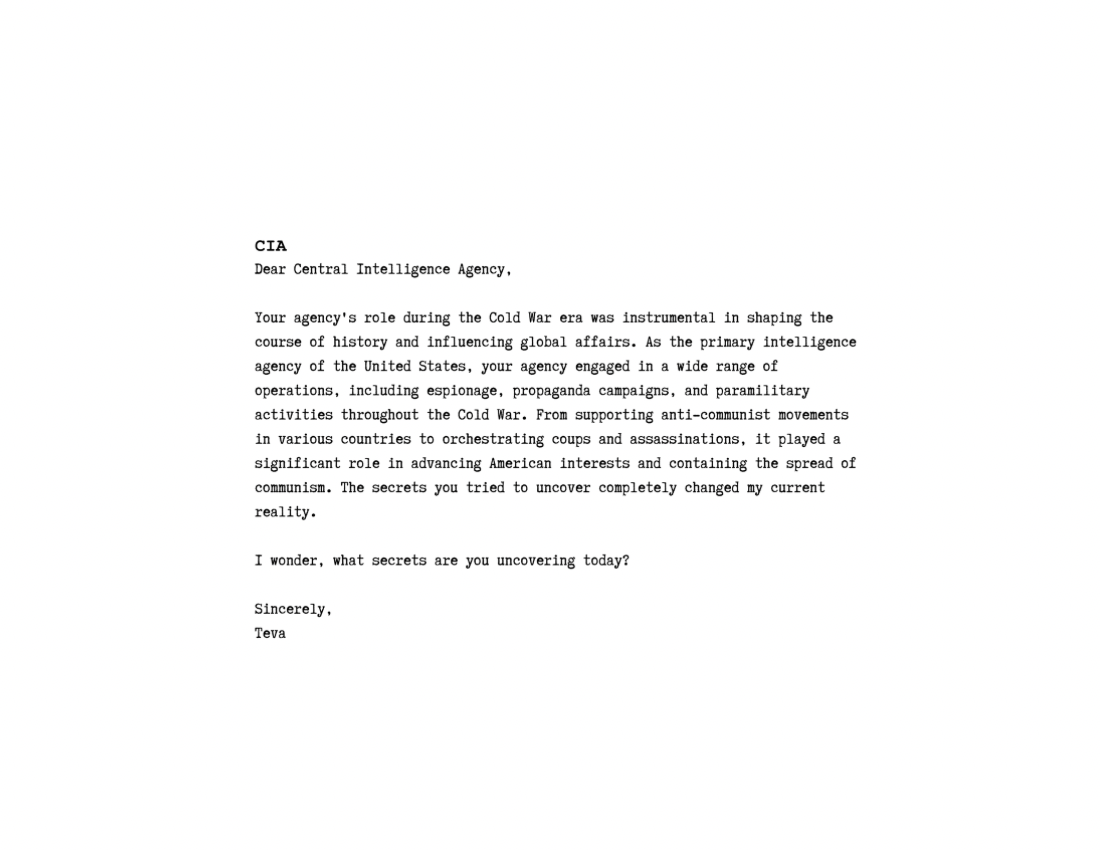
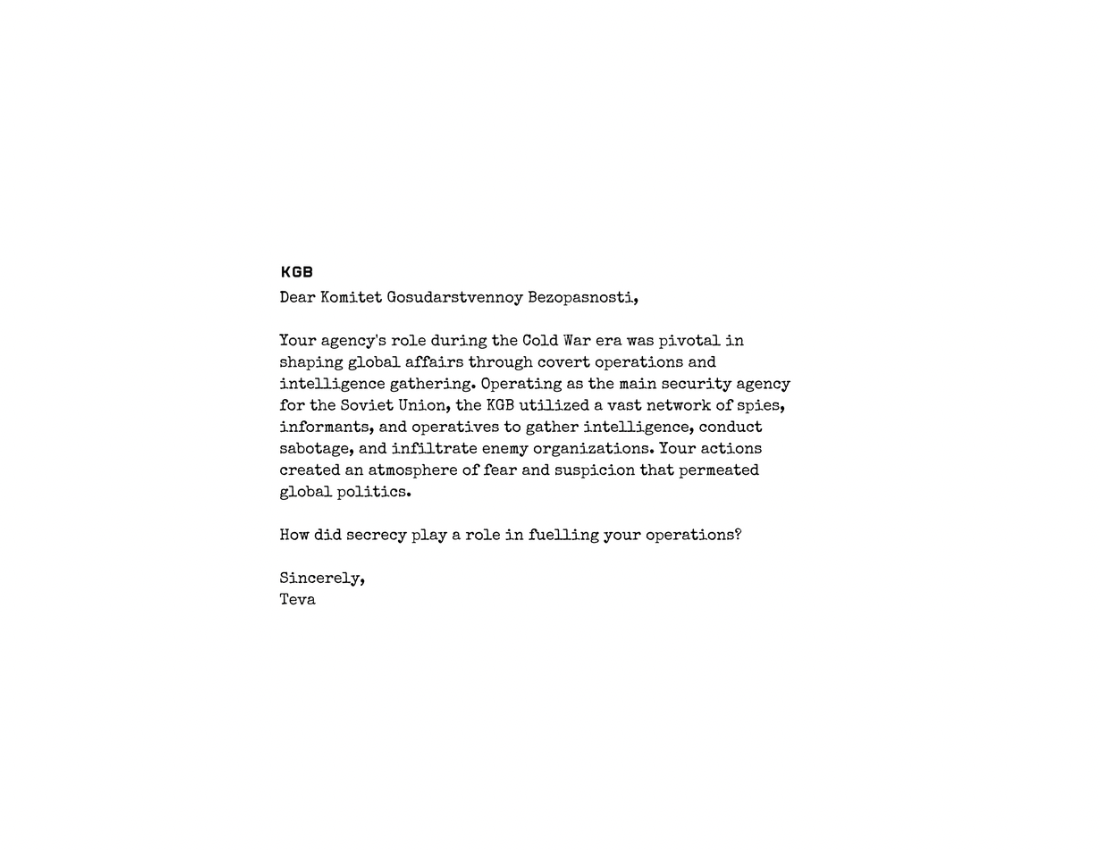

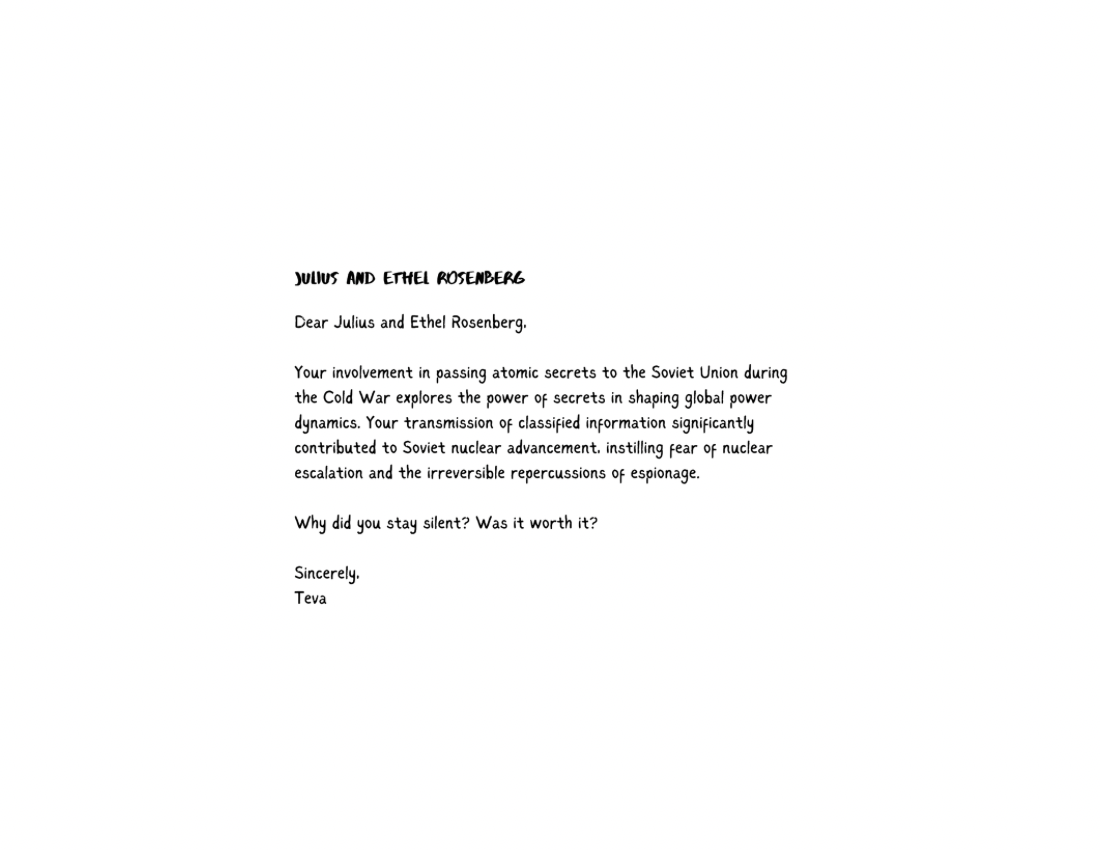
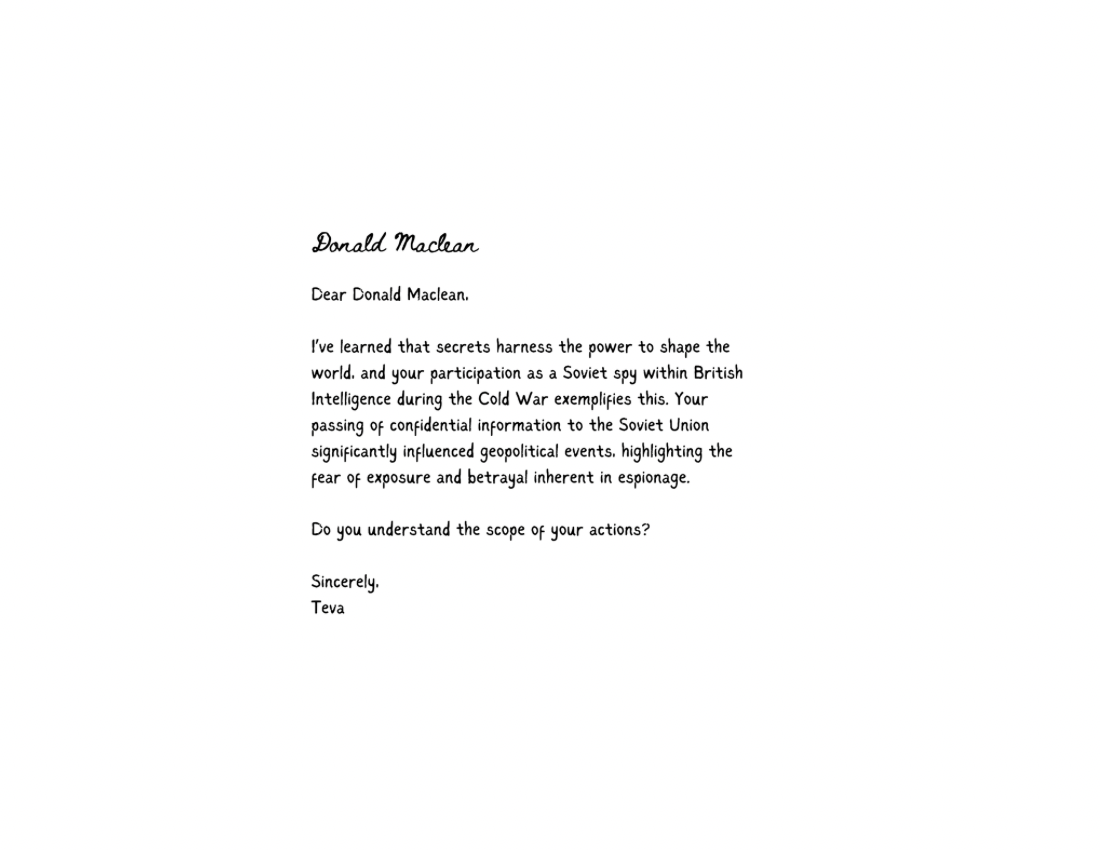
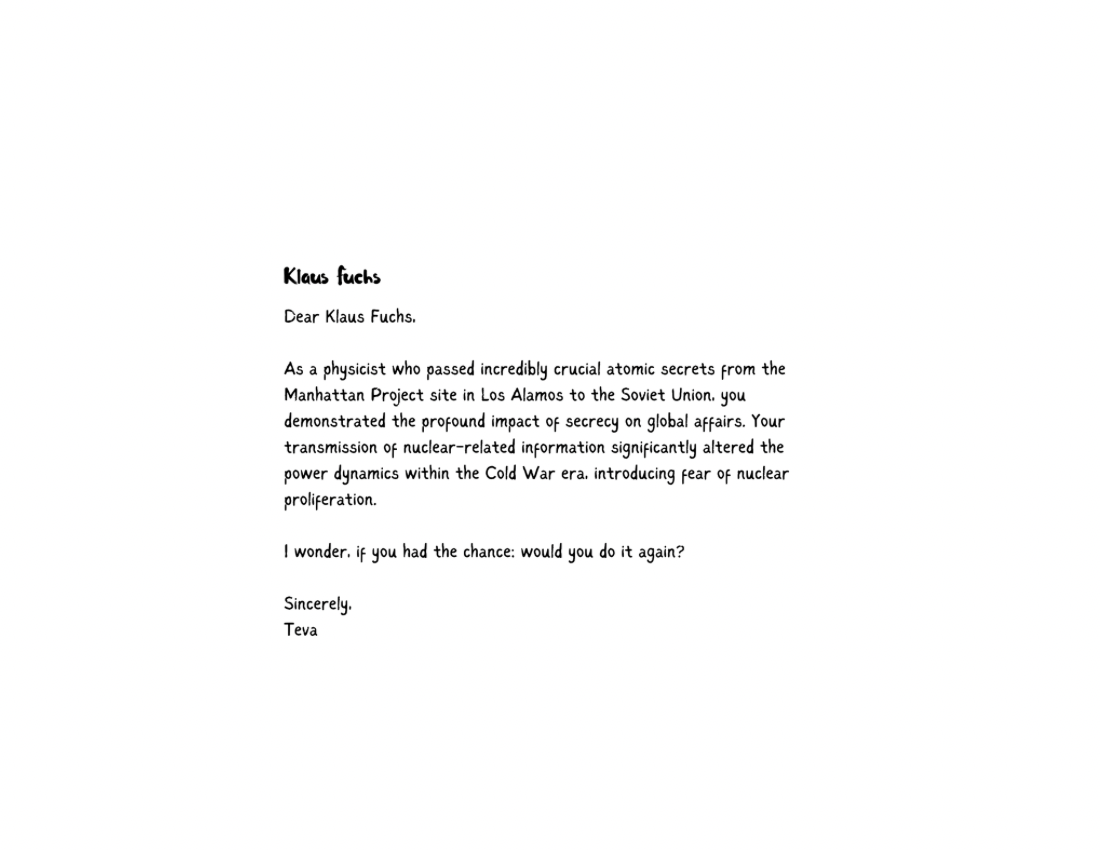
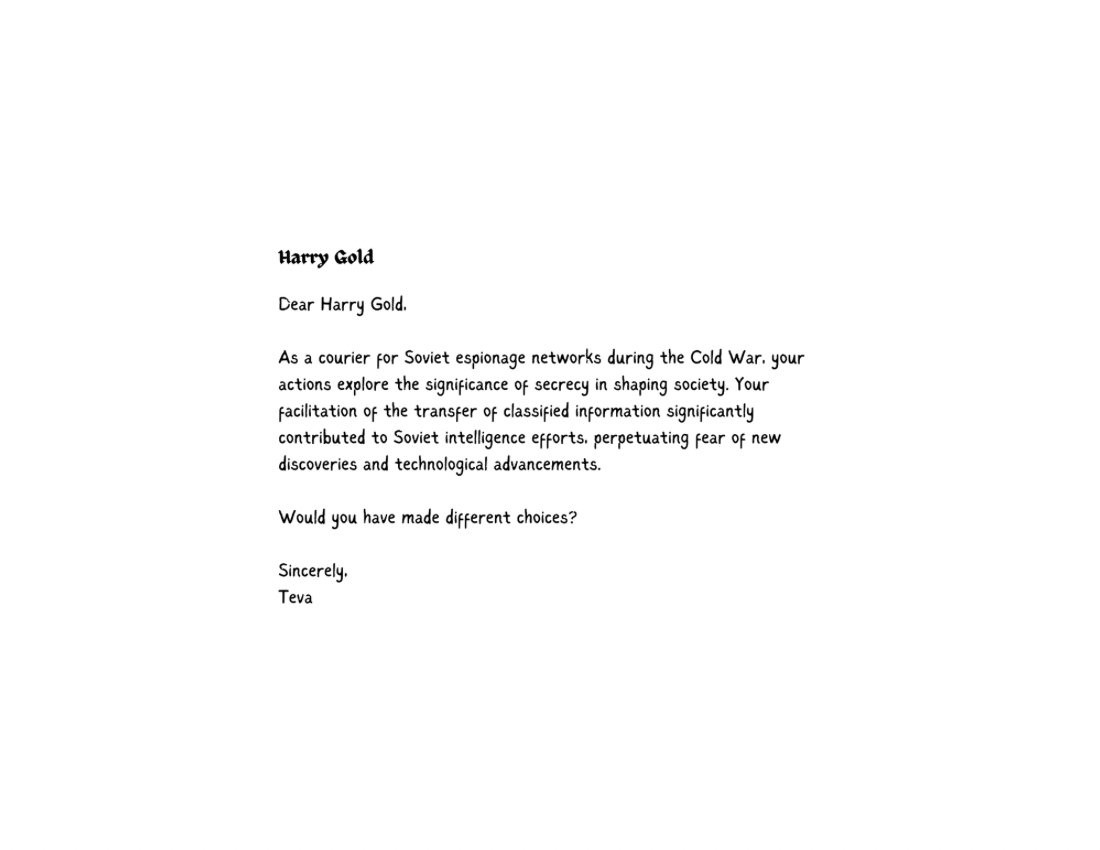

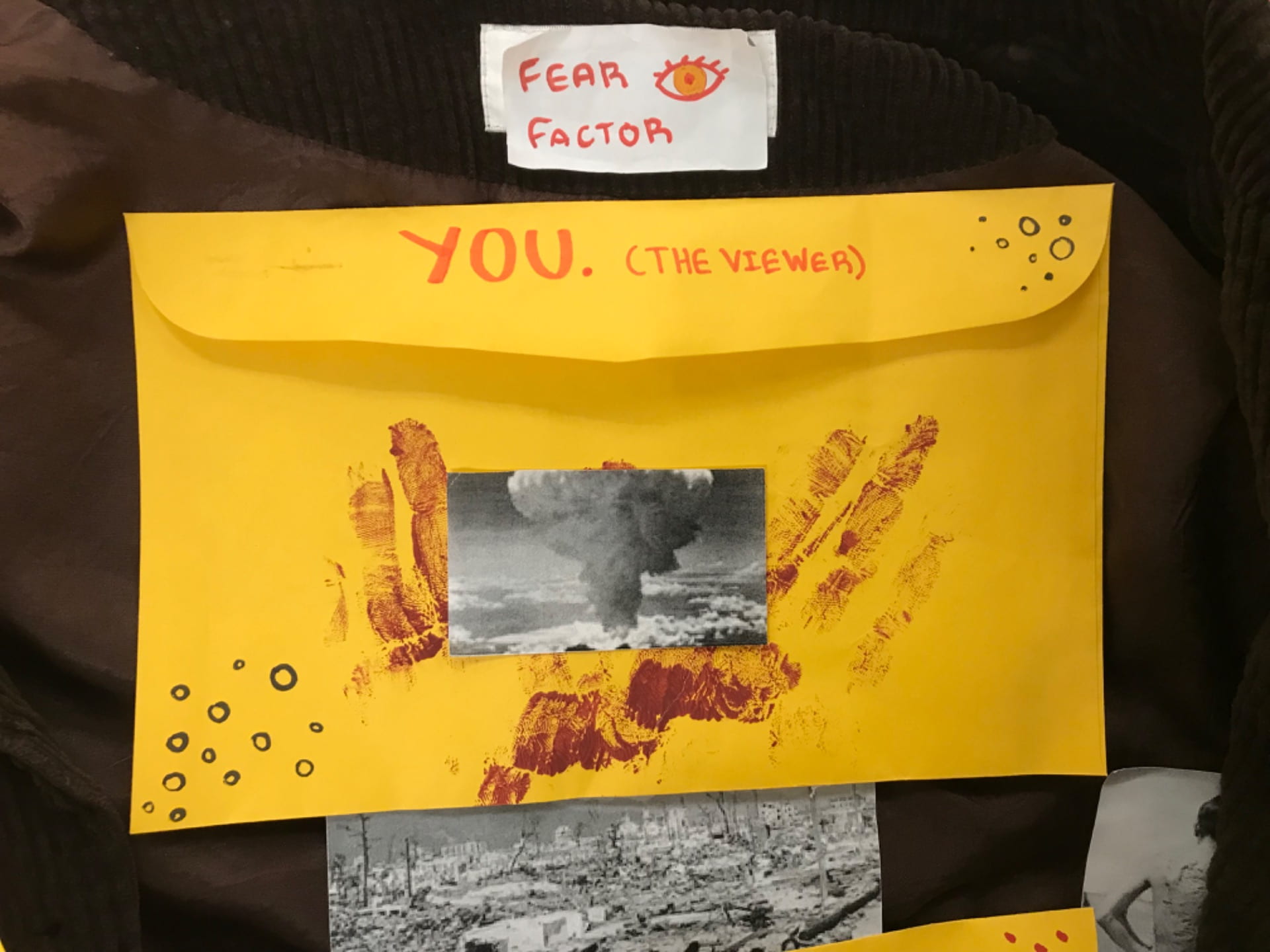

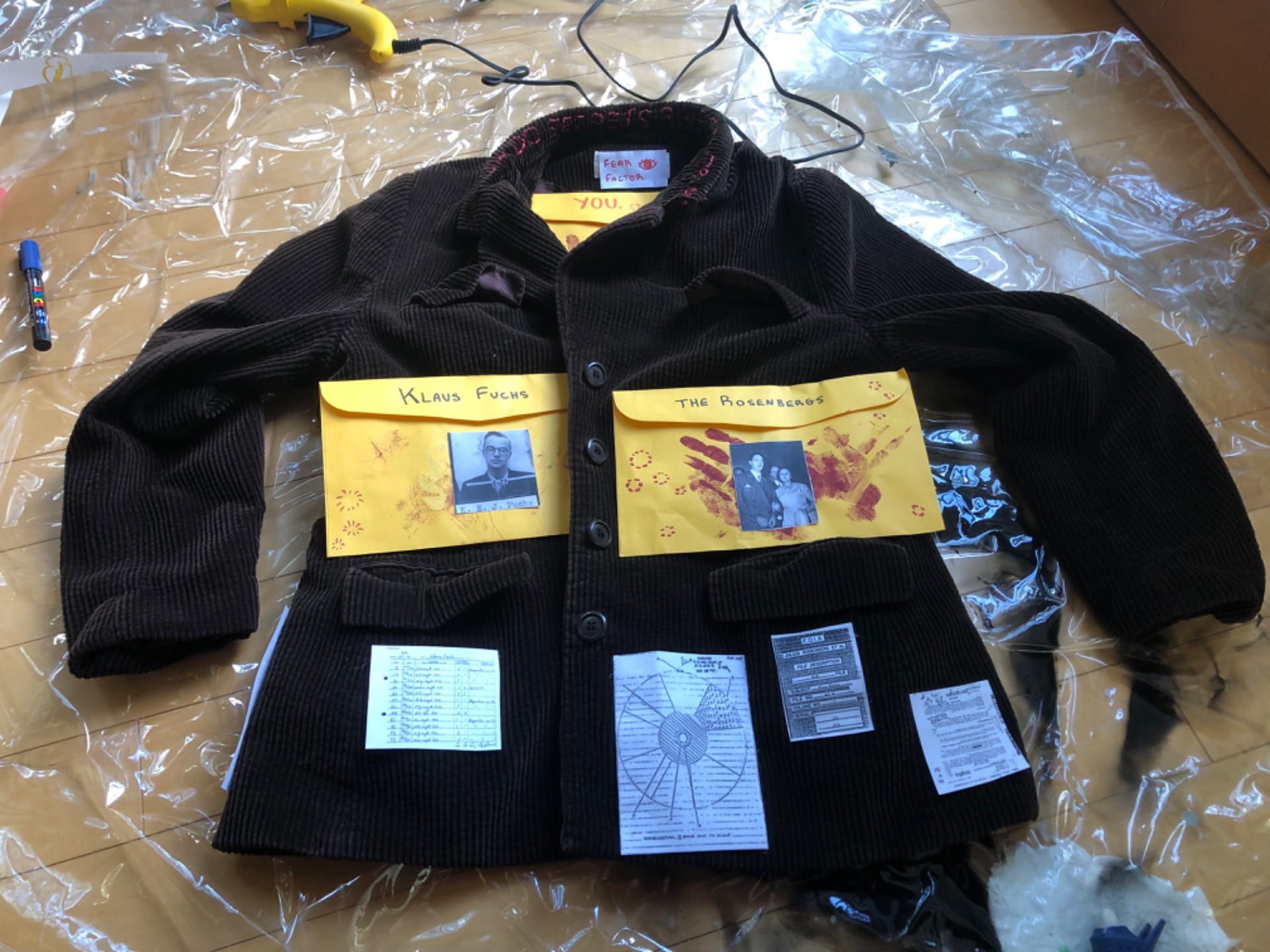



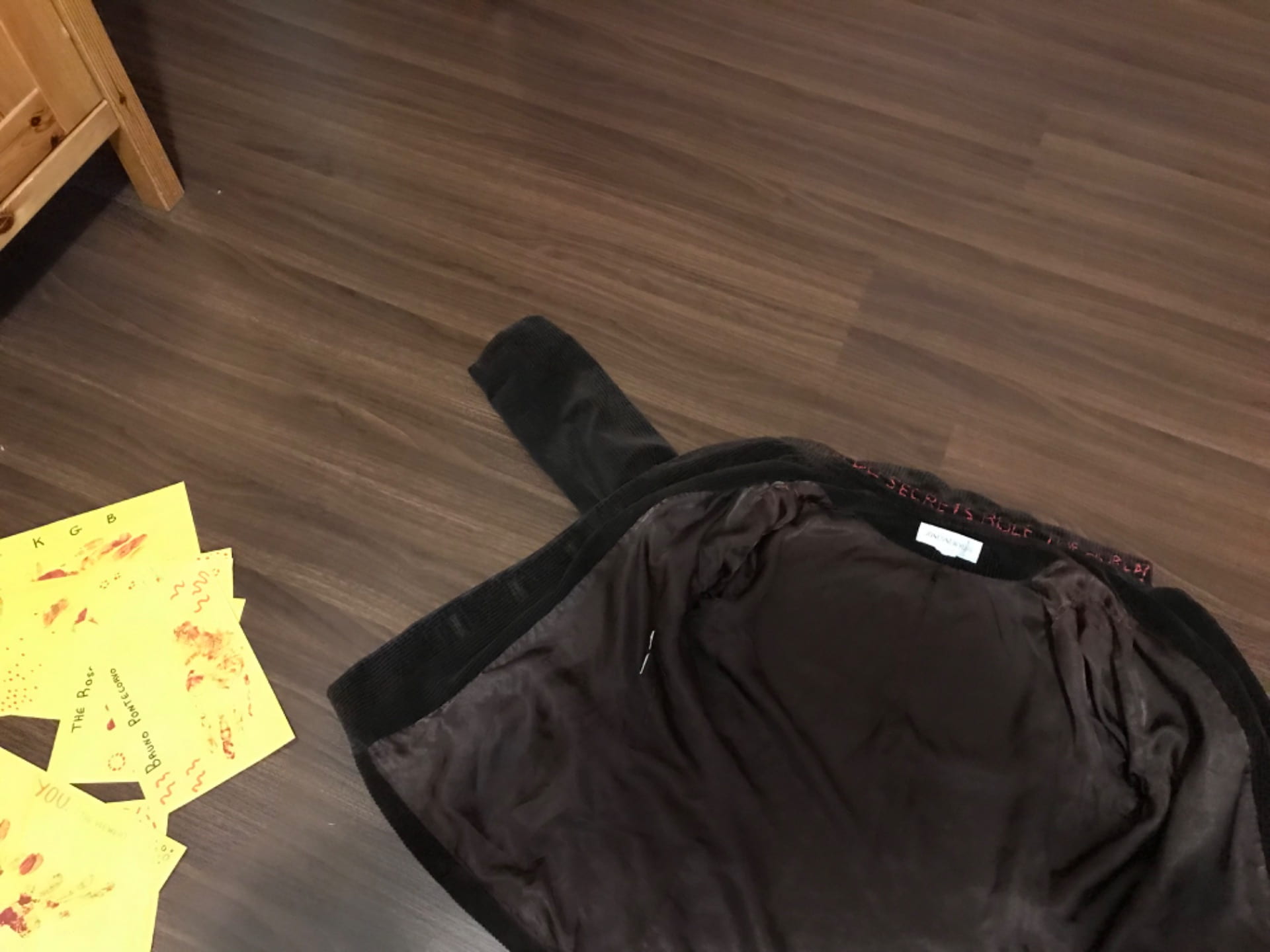

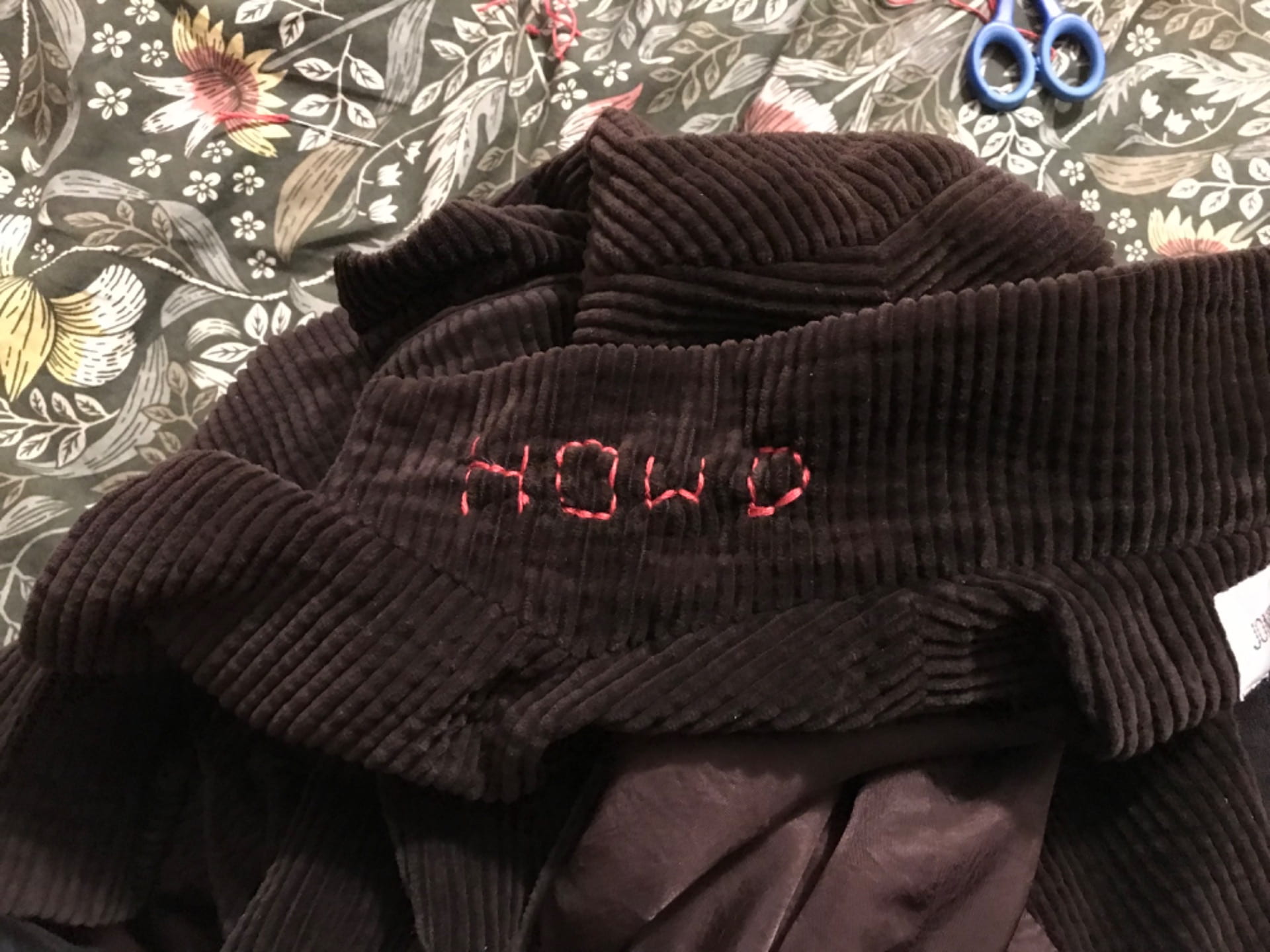



















Leave a Reply